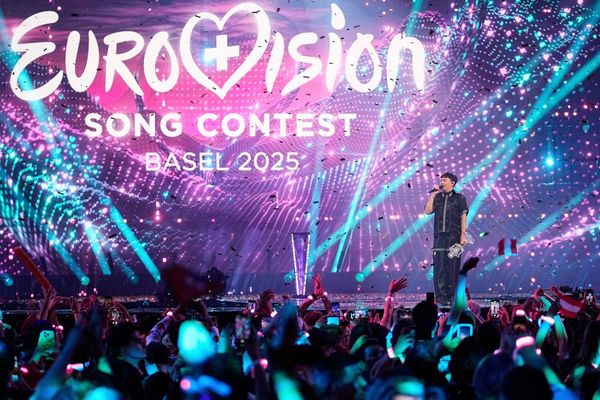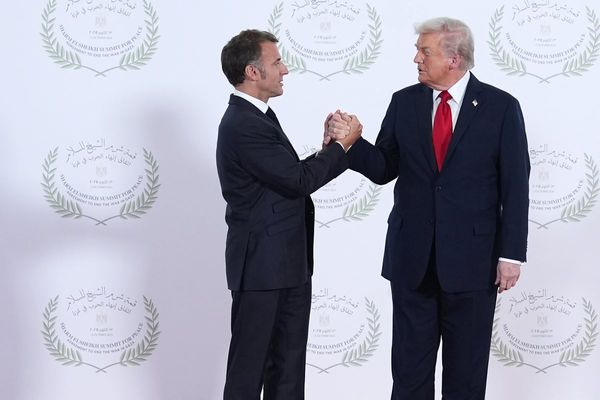

2K has been rolling out Courtside Reports all summer in preparation for NBA 2K26‘s upcoming release. With the title’s Early Access period soon starting, 2K has decided to roll out what may be the most highly anticipated deep dive of them all: The City. Having long been the NBA 2K series’ flagship mode (and where most of the money is made), The City serves as 2K‘s core social and competitive mode, built around everyone controlling their own MyPlayer character in games. But what’s new this year? Or rather, what new features stand out as being potentially game-changing?
I won’t lie, the Courtside Report for The City in NBA 2K26 is a lengthy one, and breaking everything down would probably take ages. So, having read through the info, here’s what we at Operation Sports consider to be the biggest takeaways from the City’s Courtside Report.
The Return Of Seasonal Parks
The City has always relied upon atmosphere to give the mode its distinct flavor. But this year, 2K is bringing something back that fans have been asking for a long time: Seasonal Parks that (allegedly) actually have personality. Instead of just being folded into the City’s sprawl, Parks now rotate every season, giving players a fresh environment every six weeks.
Even better, 2K promises the return of some beloved Parks from the series’ past. Alongside new locations like Skyline Park, 2K is also dropping remasters of four iconic MyPark locations from NBA 2K16 — Old Town, Sunset Beach, and Rivet City, all of which rotate. These Parks played a crucial role in The City (formerly known as MyPark) becoming the NBA 2K series’ most lucrative and engaging mode.
The Park experience has also been given new competitive wrinkles. Park MVPs can now be hunted down for 5x REP and 5x VC bonuses. Streak Setters get their names displayed right on the court, and Streak Breakers can cash in by ending dominant runs (with massive VC payouts for taking down teams on long win streaks). Add in a universal 25% REP boost for Park games, and it’s clear that 2K wants to funnel a lot of the daily competitive energy back into these spaces, something that’s been lacking for a while.
It’s a smart move, in all fairness. The City can be fun (when ignoring the gross over-monetization), but the Park is where a lot of the game’s soul has always lived. On paper, this feels like a return to form, with enough incentives layered on to keep players engaged on a season-to-season basis.
Crews Bring A New Layer Of Identity

Affiliations were once the defining aspect of Park play, but after a few years of shaky experimentation, 2K is trying something different with the addition of Crews. Think of them as customizable clans that you and your friends can form, ranging from a tight squad to a large collective of up to 50 players.
What makes Crews stand out is the level of customization and progression built in. You’ll be able to create custom logos, slap them on branded gear, and show off Crew levels as you grind through 30 tiers of rewards. Outside of cosmetics, these rewards include Cap Breakers, VC, and REP multipliers for playing with your Crew, and even Unlimited Boosts if you put in the time.
This is the kind of system that has the potential to reshape the way people play in The City. Instead of just mindlessly grinding individually, you now have a built-in reason to rally your squad on a weekly basis, chase goals together, and build something that feels bigger than just your MyPlayer. It boils down to social identity with real gameplay perks, and if 2K continues to support it with meaningful rewards, Crews could become the new backbone of the City experience.
Leaderboards Should Mean Something Now
One of the more underrated but impactful changes coming to 2K26 is how leaderboards are being handled. It’s not just seeing your gamertag buried in a menu anymore. According to their word, 2K is making the top players visible in big, borderline obnoxious ways.
Across the City, you’ll find mode-specific leaderboards for Park, the Rec, the Theater, Proving Grounds, Triple Threat Park, Starting 5, and Ante-Up. These are updated daily, and here’s the kicker: The No. 1-ranked player in each mode gets a 12-foot statue outside the building. Now that is a flex.
On top of that, Geo Rank leaderboards let you prove yourself on a regional level, whether that’s repping your state or showing you’re the best in your part of the world. Add in Crew leaderboards, and suddenly you’ve got multiple layers of recognition that tie directly back into the competitive grind.
This is the sort of “carrot” that keeps competitive players locked in. Bragging rights are cool and part of competitive gaming culture, but a literal statue in The City? That’s next-level motivation.
Again, these things are all promises, and sports gamers are accustomed to being burned by pre-release propaganda. But, going by their word, it looks like 2K is truly dedicated to providing a better experience for The City players in 2K26.







